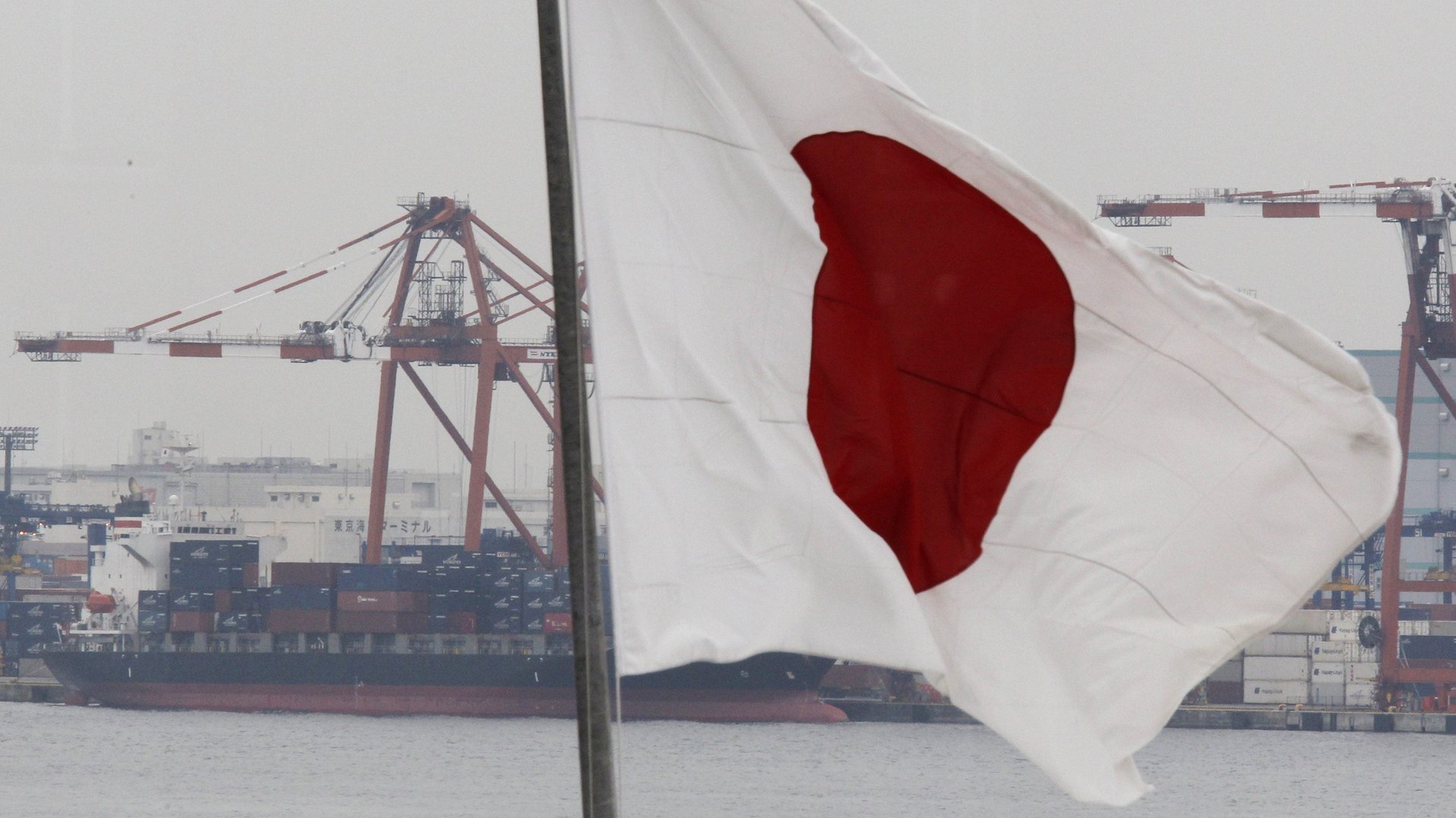Japan is home to the world’s first autonomous container ships
Japanese freight companies launched two of the world’s first fully autonomous container ships over the past three weeks.


Japanese freight companies launched two of the world’s first fully autonomous container ships over the past three weeks.
A consortium between the Japanese nonprofit Nippon Foundation, and freight industry partners like Mitsui Lines and Japan Railway Construction, is building and testing autonomous cargo ships, ferries, and amphibious trucks. The organizations hope the technology will help keep freight moving in the future as Japan struggles to maintain its productivity as its population ages.
The first test of their autonomous container ship Mikage, a 313-foot (95 m) vessel owned by Mitsui Lines, occurred between Jan. 24-25 along coastal waters. The unmanned ship departed Tsuruga Port on the Sea of Japan and traveled 161 nautical miles to Sakai Port near Osaka, using a system of radar and lidar sensors, cameras, and a satellite compass to navigate. The Mikage even pulled itself into a berth at the end of its journey, using flying drones to drop ropes down to dock workers waiting below to secure the ship. The consortium tested its second self-driving ship, dubbed the Suzaku, on a Feb. 5 journey between Tokyo Bay and Ise Bay.
Unlike previous claimants, such as the Norwegian ship Yara Birkeland, the Japanese vessels have a stronger case for being named the first autonomous container ships. The Norweigan ship made its maiden voyage in November with a human crew onboard. Finland and Norway each tested fully autonomous ferries within a week of each other in 2018. But until now, no other group has demonstrated a container ship that could sail and dock itself without a human crew onboard.
Are autonomous vessels the future of shipping?
The Japanese coastal shipping industry has identified an urgent need for “reducing labor requirements in the face of an aging, contracting maritime workforce,” according to the Nippon Foundation’s website. But the world’s largest international shipping lines aren’t yet convinced despite struggling to retain workers burnt out by long stints at sea during the pandemic.
Shipping lines have already cut onboard labor costs so much that they pale in comparison to fuel costs, ship maintenance, and other operational expenses. For example, employee wages cost Hapag-Lloyd, the world’s fifth largest shipping line, about 15 times less than running and maintaining its ships.
Shipping lines, in other words, stand to gain much more from investing in making their ships run more efficiently than automating their entire workforce. Plus, improving ship efficiency doesn’t require regulatory approval. “Even if the technology advances, I don’t expect we will be allowed to sail around with 400-meter long container ships, weighing 200,000 metric tons without any human beings on board,” Maersk CEO Søren Skou told Bloomberg in 2018. “I don’t think it will be a driver of efficiency, not in my time.”